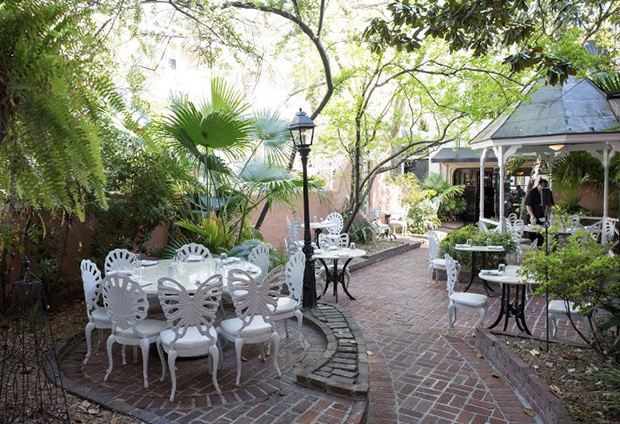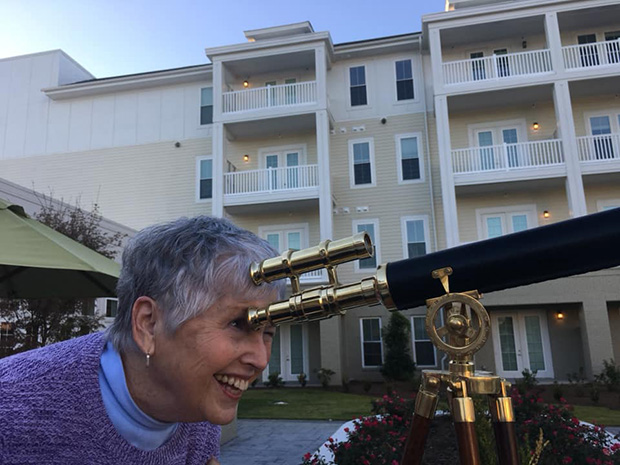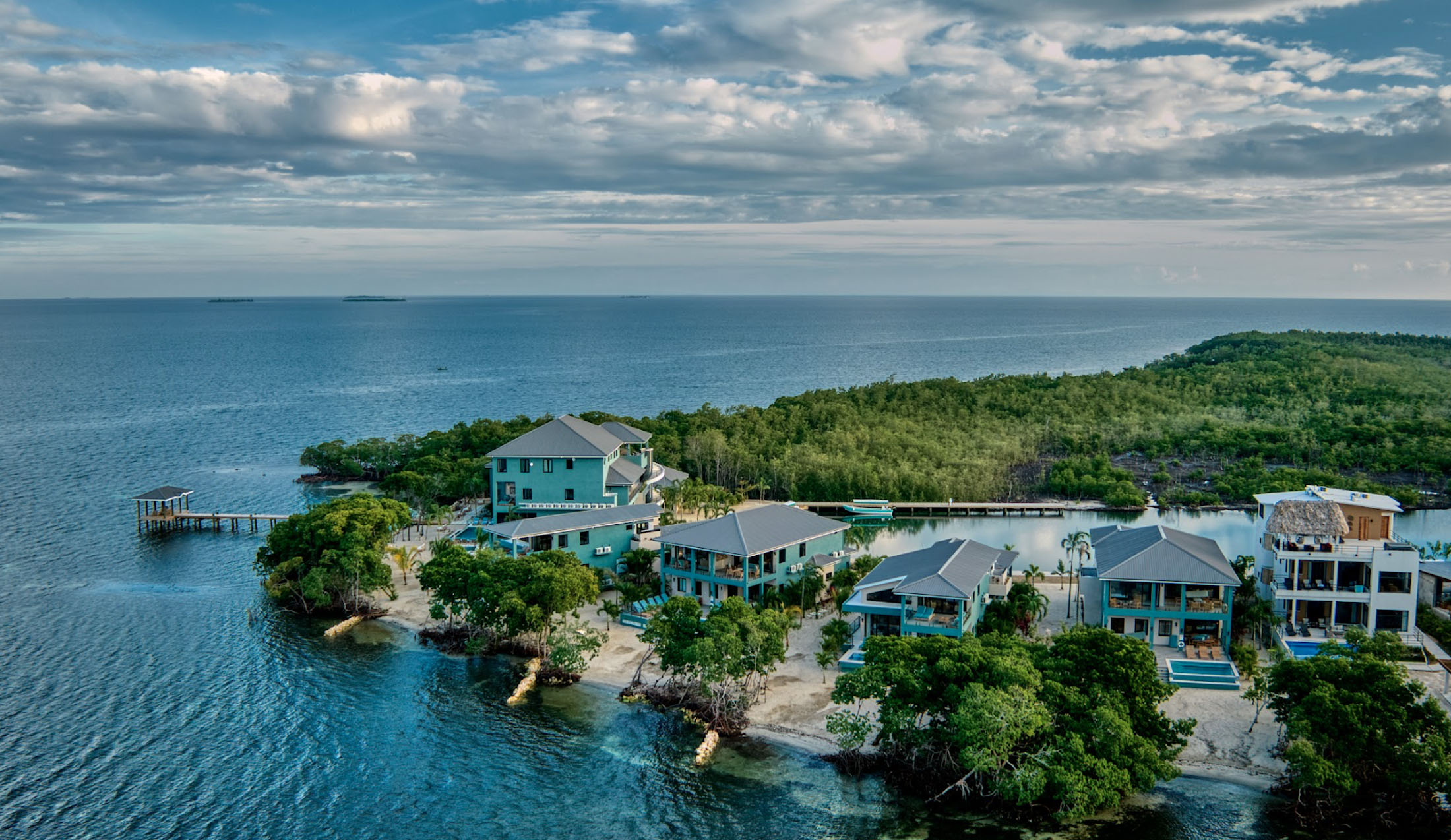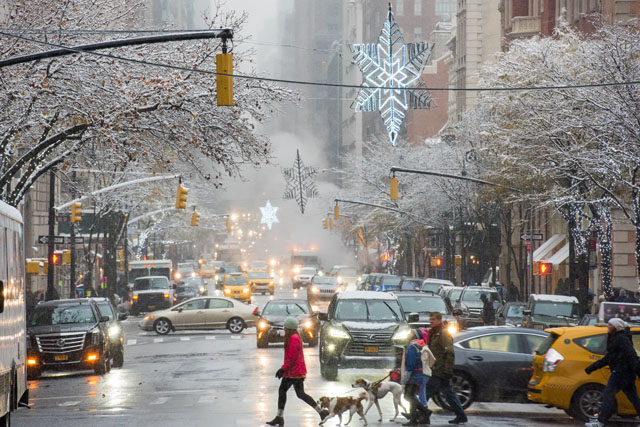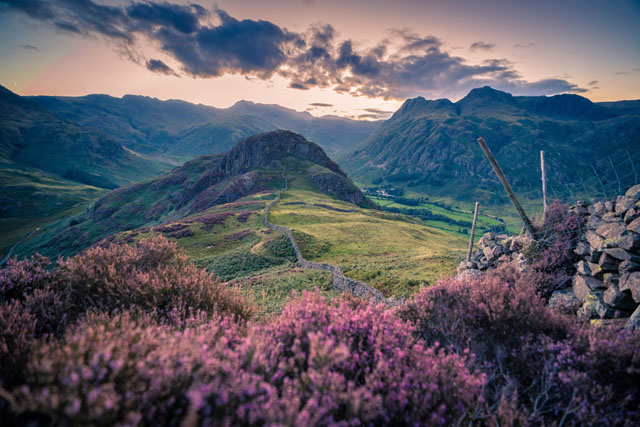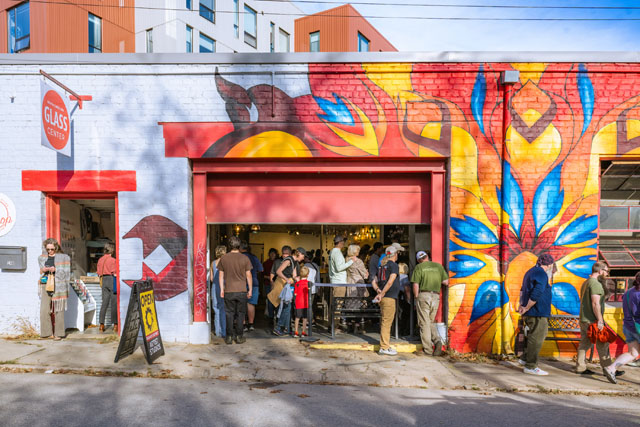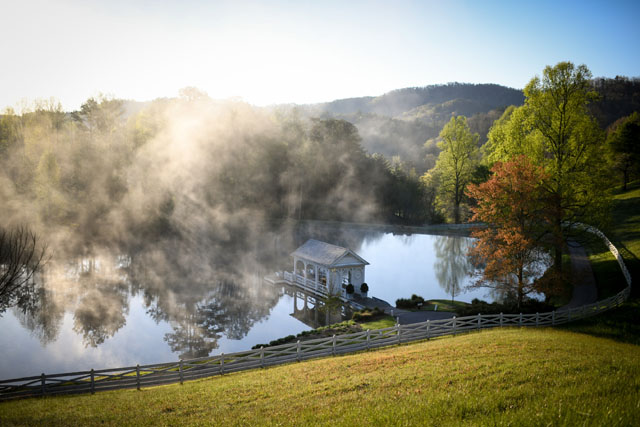Cabo Dreaming
03 May 2019
At this coastal Mexican paradise, nature and nurture come together in a beautiful package
By KATIE MCELVEEN
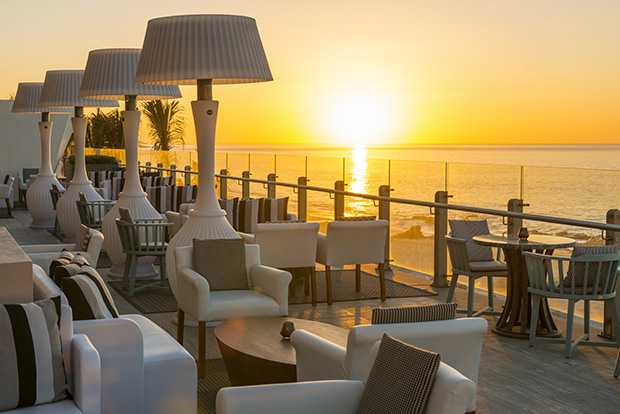
The first time I visited Los Cabos, nearly 25 years ago, I had to look it up on a map. Turned out it was easy to find: the region sits at the tip of the Baja Peninsula, a finger of mountainous desert that extends for 800 miles along the west coast of Mexico. The town of Cabo San Lucas marks the turbulent meeting point of the Pacific Ocean and the Sea of Cortez, which is deep and cold and the color of indigo and separates the Baja from mainland Mexico. More than 900 species of fish and marine mammals live in the narrow, protected sea, making it one of the world’s top spots for both fishing and whale watching.
Thoroughly remote—a trans-peninsular roadway wasn’t completed until 1972—Cabo San Lucas got its start as a fishing village. Before long, it had become a destination for anglers in search of feisty marlin, dorado and tuna. Spring breakers came next, transforming the sleepy town into raucous, blocks-long, tequila-fueled fiesta.
On this day, though, nothing could be further from my mind than Cabo’s old self. I’d just arrived at Grand Velas Los Cabos, a luxury all-inclusive resort set between the towns of San Jose del Cabo and Cabo San Lucas. Instead of tequila or a watery fluorescent green margarita, I’d been handed a flute of Veuve Cliquot at check in. My biggest problem at the moment was figuring out how to sip it without opening my eyes and disturbing the Zen of the neck and shoulder massage that accompanied it. I also didn’t want to spill a precious drop.
Our butler (yes, all rooms have butler service) showed us to our massive room, which fronted the sea via a large covered terrace. Families often book the resort’s multi-room suites; fitness fanatics who prefer to exercise privately stay in the two-level fitness suites, which are outfitted with a full range of equipment, healthy mini-bar options and, best of all, a massage table.
Or at least we thought best of all. Then we visited the resort’s SE spa. An attendant, who we discovered was our dedicated spa concierge, met us in the dressing room and led us to a large pool room. But this was no ordinary pool. Set around the perimeter was a series of seven hydrotherapy stations that used bubbles, jets and fountains to coerce muscles into a state of deep relaxation. After a few dips in the hot and cold plunge pools, we were led to the sauna, where, after having our hair slathered with deep conditioner, we toasted for exactly seven minutes. Frozen blackberry skewers and chilled cucumber slices helped us keep our cool in the steam room. After a quick shower, I was led to a treatment room for a Blue Agave Candle massage, which used warmed soy wax to nourish my desert-dry skin. Afterwards, cocooned in robes, we sipped tea and napped.
The most challenging decision we made each day was where to dine. Since Grand Velas is an all-inclusive resort, cost didn’t enter our discussion. Instead, we were free to base our choices on what we were in the mood to eat. It wasn’t easy: the restaurants at Grand Velas are so good that its restaurants are often crowded with guests from competing resorts. We soon fell into a rhythm that started with an embarrassingly bountiful room service breakfast that included everything from fresh green juice to pancakes and huevos rancheros. Lunch—fish tacos, giant salads, ceviche—was poolside, delivered directly to our chaise lounges. Thanks to a silver bucket constantly refilled with ice and bottles of water, we stayed cool in the bright sunshine.
We moved around for dinner. One night we feasted on gourmet Mexican at Frida, where out steak came arranged with colorful vegetables to resemble the flower crowns worn by Mexican cultural icon Frida Kahlo. Another evening, at Piaf, our French meal—foie gras, escargot, oysters--ended with a blazing display of flaming coffee. At Cocina de Autor, which is run by two Michelin-star Dutch chef Sidney Schutte, our 12-course food and wine pairing included a globe’s worth of flavors such as langoustine with coconut-infused hollandaise and local “chocolate” clams with green apple plated with as much detail as works of art. Each bite was delicious as well.
Fortunate enough to be in Cabo during whale season, we spent our pool days searching the horizon using binoculars borrowed from the resort. Finally, when we couldn’t stand it any longer, we decided to pry ourselves out of our lounges and go on a whale-watching expedition.
Each winter, thousands of whales, mostly gray and humpback, make the 5,000 mile trip from their feeding grounds in Alaska to the shallow protected bays that dip in and out of the peninsula. It’s the longest mammal migration in the world.
Led by pregnant females, gray whales begin to arrive in late December to give birth to their 15-foot long calves and spend the next few months preparing the baby grays for their journey back to Alaska. As the winter continues, they’re joined by more grays, humpbacks and even a few blue and sperm whales.
February is considered prime whale watching time in the area because, for a few weeks, all the migrating whales are in one place at one time.
We took the advice of friends and booked one of the smaller boats, which turned out to be a narrow 25-foot inflatable zodiac armed with a huge motor that would eventually get us five miles off shore in search of the world’s largest mammals.
Dozens of whale watching vessels head out each day in search of their prey; most communicate sightings via radio, almost guaranteeing the opportunity to get close to whales. Our trip started out slowly as we puttered in random circles then, spotting a vapor spout, zoomed to the spot. Suddenly, almost out of nowhere, our small craft was surrounded by the massive beasts, who slapped the water with their tails, popped up like periscopes to check out the scenery and breeched joyfully over and over. They also swam under our boat showing their pale bellies as they rolled, only to pop up just a few yards away. It was exciting, exhilarating and over all too soon.
Our other off-campus excursion to us to San Jose del Cabo, which was founded as a mission in the 18th-century and has blossomed into a destination for both artists and art lovers. Throughout the small town, galleries run the gamut from classic to modernist, offering paintings, sculpture, jewelry, ceramics, carvings, photographs and drawings by trained artists and talented artisans. There are loads of restaurants, too, from casual outdoor cafes to elegant air-conditioned restaurants. On Thursday nights from October through June, galleries and shops stay open late for the weekly Art Walk, a festival that celebrates the city with food, music and live performances.
We could have done more—Cabo is loaded with activities like ATV explorations, camel safaris, snorkeling and surfing—but we were more than happy to spend the vast majority of our time in Cabo indulging in the food and pampering at Grand Velas.

